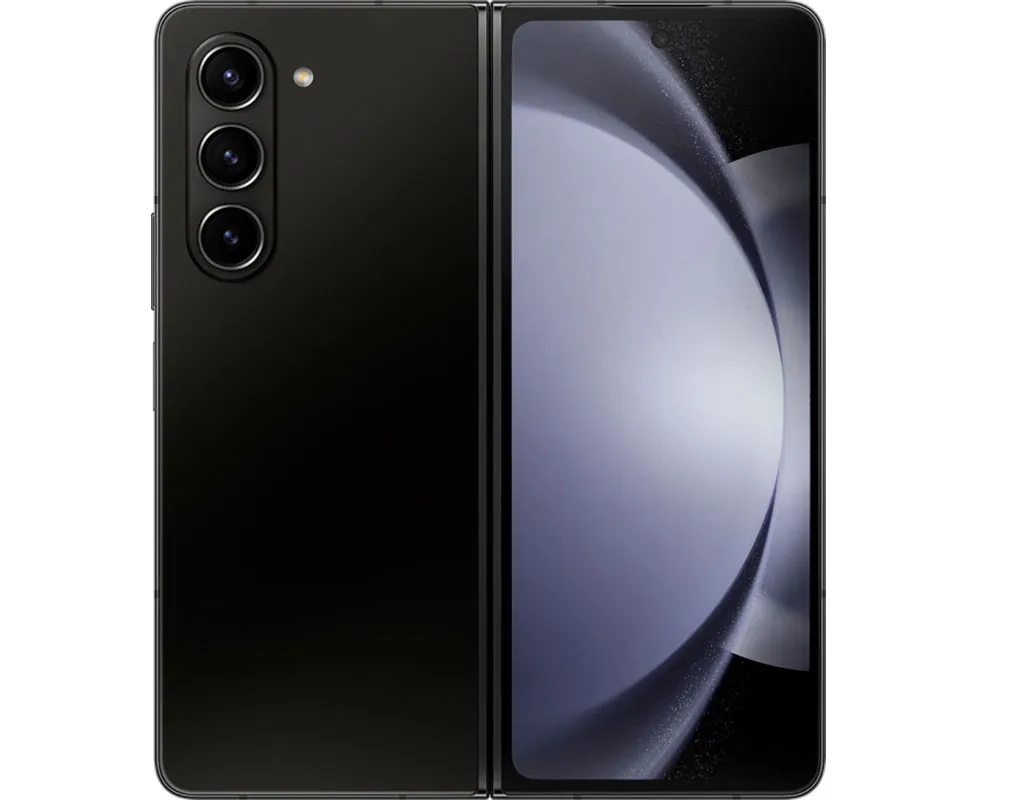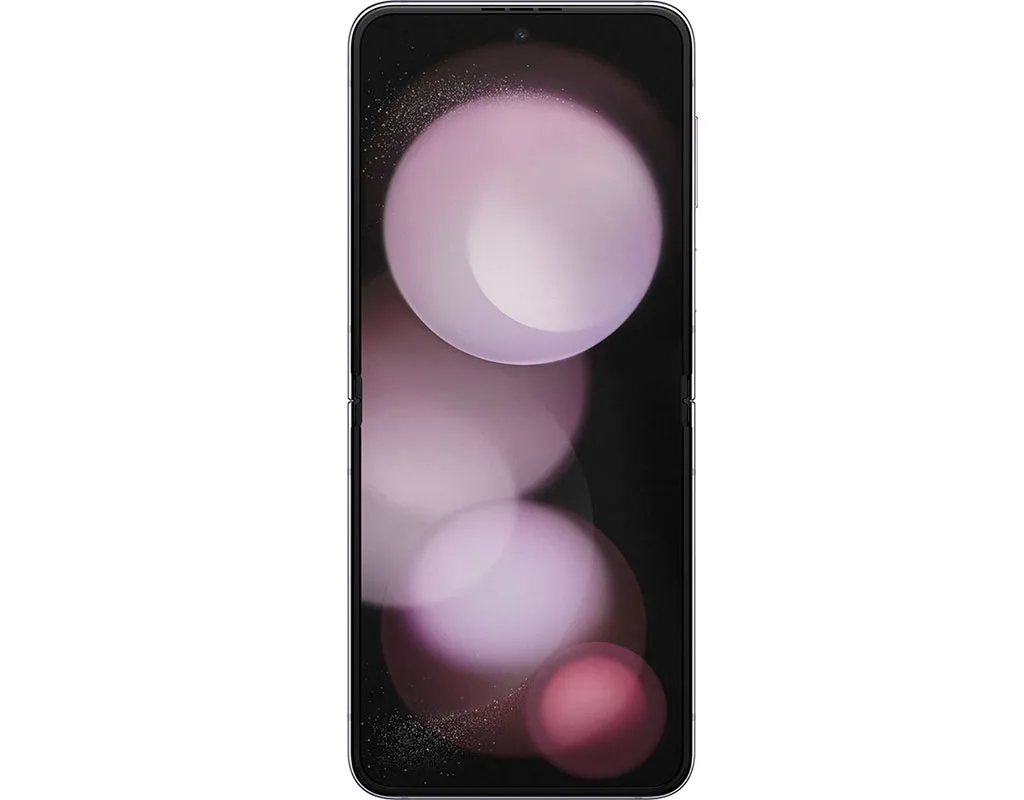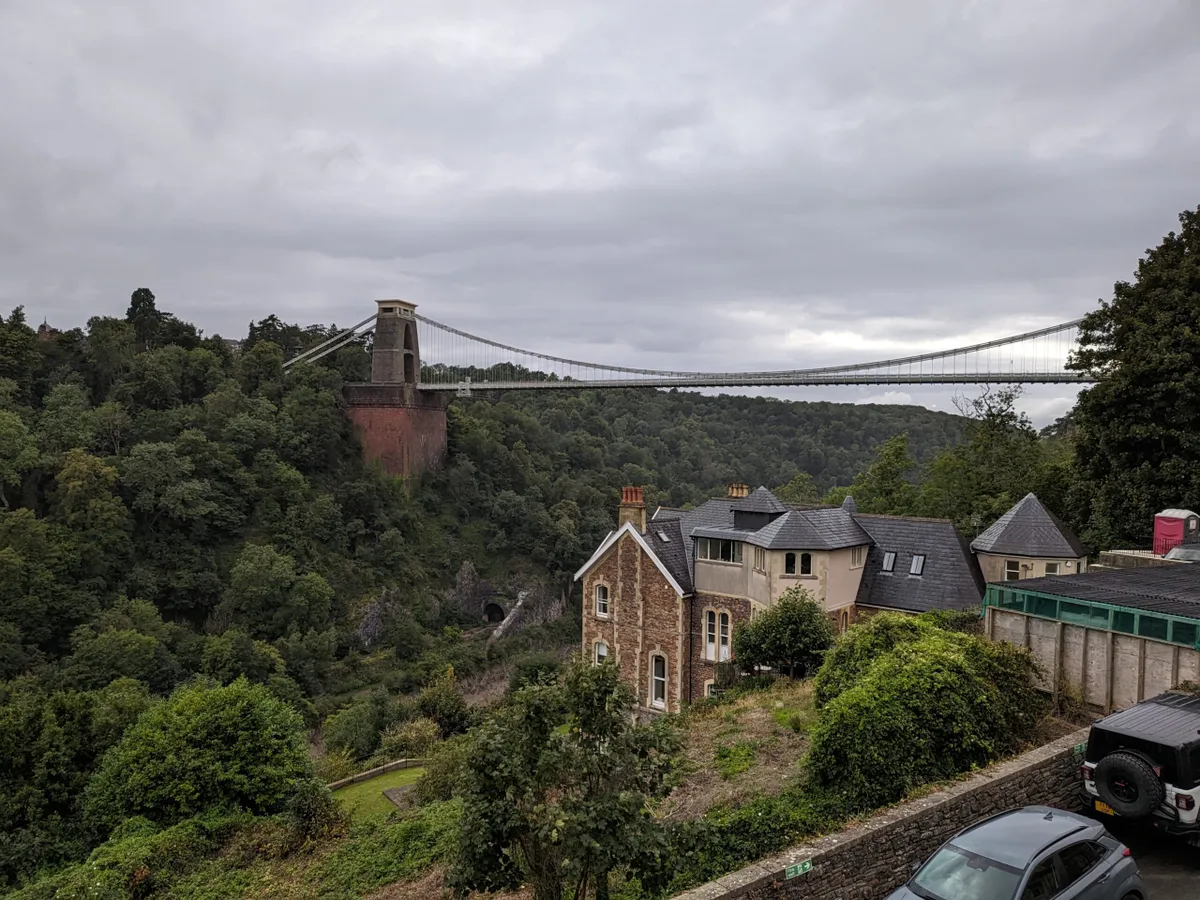I am personally completely unconvinced by folding smartphones. Once the five minutes of allure wear off, my time spent with Samsung’s Z Fold smartphones in the past has left me questioning their point in the world, even if they are, from a technical standpoint, incredibly impressive.
So, once I got my hands on the Google Pixel Fold, hopes weren’t exactly high. Google’s first attempt at a folding smartphone is glitchy, it has a tendency to get hot from basic tasks and will cost you a whopping £1749.
And yet, despite its obvious drawbacks, the Google Pixel Fold was the first folding device that made me genuinely excited about the idea of having a Frankenstein phone-tablet in my pocket. I spent some time using Google’s pioneer foldable to find out the good, the bad and the ugly that it had to offer.
Design

Like the foldables that have come before, the Google Pixel Fold looks, in essence, like two smartphones slapped together with a hinge in-between. While this does make for a bulky and somewhat heavy device in your pocket, Google has kept things stylish.
“We wanted it to feel familiar at first, and then full of possibilities when unfolded," said Claude Zellweger, who leads Industrial Design for Google’s mobiles. While it isn’t quite as euphoric as that, there is certainly a feeling of this being premium.
A stainless-steel hinge and frame surround the device and the back features a brushed metal that feels smooth to the touch.
While the front display feels premium, the inside display has a flimsy feel, like it would snap with a rather aggressive tap.
It’s a build that has its obvious quirks, but it is clearly built to the standards of a phone nearing a £2000 price tag.
Powered-up internals

Any smartphone over £1000 has no excuse when it comes to the specs it can offer, and luckily Google doesn't fall short here.
The Pixel Fold utilises the Google Tensor G2 chip – the same as the one used in the impressive Google Pixel 7. This is more than capable, allowing you to play high-intensity games, multi-task or generally put the smartphone through the tests.
Speakers on board the Fold are loud and play with little to no distortion, even when pushed to their max. And while there is no headphone jack, this is to be expected with smartphones these days.
The Fold makes use of a 4727mAh battery, typical of a smartphone of this price. Throughout the day, battery life kept up, even when pushed harder than normal with lots of photos and more intensive apps.
Opening its potential
Google has done an excellent job at making the front display, the one you use the majority of the time, a good experience. It’s a similar shape and size to the average smartphone experience. But this is a foldable – it is what’s inside that counts.
Prise the phone open for a 7.6-inch display. It is surrounded by a thin black bezel which isn’t actually that noticeable. What is, however, hard to turn a blind eye to is the crease. This is present on all folding devices, but especially here.
Running a finger along the Google Pixel Fold is met with a noticeable dip, equally noticeable when using the screen for reading or watching media. The first few times unfolding the device are accompanied by a deep fear of breaking your new and expensive handset, but that concern goes quickly.
While it can feel somewhat fragile, Google has tested the device to be unfolded 200,000 times.
In its opened format, certain apps and websites are formatted to make the most of the larger screen. News apps like BBC News and The Guardian offer a larger, more book-like approach to reading, and the same goes for most streaming platforms such as YouTube and Netflix, spreading your content out like a tablet.
Certain apps utilise both screens in the style of a desktop. WhatsApp for example shows your current chat on the right and your other conversations on the left – a design choice followed by Outlook, Messenger and other similar messaging apps.
However, elsewhere apps just aren’t optimised for this experience. In its unfolded form, Reddit has two large black bars on either side, as does Instagram, TikTok, Facebook, and even Fitbit – a Google-owned company.
Where the full-screen mode really thrives is the ability to multi-task. Two apps can be opened at once side-by-side. This can be used to look at a recipe while adding to your shopping list, messaging someone while checking a map, or a wide variety of other multi-tasking challenges.

By making the front display more similar to an actual smartphone, Google has made it less important to open up the device to its full size. This actually meant that I rarely used its full size, unless watching a show or reading articles.
First iterations
This is Google’s first version of a folding smartphone and in a number of places that shows. The touch-screen for the camera frequently wouldn’t work, apps wouldn’t properly open and the correct screen wouldn’t load up when switching from open to closed or the reverse.
Equally, even with minor tasks, the Google Pixel Fold has a tendency to get hot. Scroll through Twitter for a few minutes and you can feel the device getting warm. Put it through a more serious task and the Fold gets a serious sweat going.
Camera
Using a camera on a folding smartphone is always a strange experience. With a camera on the front, multiple on the back and, one on what we can only really describe as the middle, there is a lot of choice.
In typical Google fashion, it’s a solid performance across these cameras. The back lenses get the most use, offering zoom functionality, clear shots and great colour retention.
Is it up there with the best camera phones? Not quite, which is a shame considering the gut-wrenching price, but it certainly isn’t far off, providing versatility and enough function for most users.
While the front and middle cameras are lower quality (as is the case with all smartphones) the folding function means the back lenses can be used for selfies, utilising the front screen when folded out.
Verdict
The Google Pixel Fold is flawed. It can be glitchy, randomly heats up with little work and costs an arm and a leg to buy. However, this is Google’s first attempt at a folding smartphone.
Considering Samsung, the leading force in folding devices is now on its fifth device in the series, Google is looking like a force to be reckoned with, offering up a surprisingly strong first attempt.
For now, the high price tag and unstable software makes the Google Pixel Fold a hard recommendation, even for the biggest Google and folding smartphone fans. But, with some work and key changes, Google will soon be fighting Samsung to be the folding smartphone of choice.
Alternatives
Samsung Galaxy Z Fold 5

The Samsung Galaxy Z Fold 5 is the most powerful foldable smartphone on the market right now. Now on the fifth rendition of this device, Samsung has time to perfect the often chaotic folding technology.
The Z Fold, much like the Pixel Fold, utilises a folding hinge mechanism. In its closed format, the Z Fold looks much like a normal phone, albeit somewhat thicker. Fold it out and you get a tablet sized device.
Samsung has loaded this with its latest and best processors, cameras and specs to offer up a well-rounded phone experience.
Samsung Galaxy Z Flip 5

From the same family as the Fold above, the Z Flip 5 utilises folding technology, but with a twist.
Instead of folding out to reveal a tablet, this instead unfolds to the size of a normal phone. When closed, you are left with a small palm sized device. This can be used to check notifications, take pictures and quickly check stats like the weather.
It is a much cheaper foldable compared to both the Pixel Fold and Samsung Z Fold, falling well below the £1000.
Google Pixel 7 Pro

If you like the look of Google smartphones and the technology inside, but are thrown off by price and features of the Fold, the top-of-the-line Google Pixel 7 Pro could be a better option for you.
Sleek and stylish, the Google Pixel 7 Pro is one of the best smartphones on the market, battling with leaders from both Apple and Samsung. A powerful camera, long-lasting battery and hardy processor are paired up with an army of software features.
While it isn’t a cheap smartphone, it looks like a bargain next to the array of foldable devices that you can get your hands on.
Read more:

















